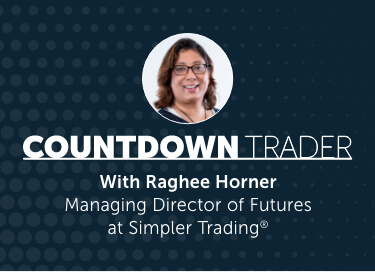No, that market’s not broken.
However, there’s a lot of uncertainty around the market this past week. But guess what? I’m still bullish several areas, but for today let’s look at the fading Russell.
Why?
Short answer: this shows the importance of a broader understanding of market structure and the four broader averages.
So what can I play with the Russell fading?…
STEP ONE: The Four Broader Averages
In the video at the bottom, I’ve incorporated a great no nonsense chart that’ll give you a crystal clear reading of the underlying market trend that we have right now. So be sure to watch the video down below too, Gang.
Now most traders know about the four broader averages: the Russell, the NASDAQ, the S&P, and the Dow (and if you don’t, now you do).
The Russell: Known as the Russell 2000 Index, it’s a small-cap stock market index of the bottom 2,000 stocks in the Russell 3000 Index.
The NASDAQ: A stock market index of the common stocks and similar securities listed on the NASDAQ stock market. It’s one of the three most followed indices in US stock markets.
The S&P: Known as the S&P 500 Index, it’s an American stock market index based on the market capitalizations of 500 large companies having common stock listed on the NYSE, NASDAQ, or the Cboe BZX Exchange. It’s one of the three most followed indices in US stock markets.
The Dow: Known as the Dow Jones Industrial Average, it’s a stock market index that indicates the value of 30 large, publicly owned companies based in the US, and how they’ve traded in the stock market at various times. It’s one of the three most followed indices in US stock markets.
STEP TWO: The Russell’s Fading
Now I’m going to dive deeper into the Russell today.
Why?
While I’m still bullish the other three, the Russell’s the one market that we’re actually fading.
What’s ‘fading’?
A fade means we have a sideways market (which I believe we have). It’s really a distribution market we see. That means when I get up to the highest zone on a chart, as opposed to what’s likely to be a lower zone, I’m looking at buying puts, or I’m looking at a short position. That’s exactly what we’ve been doing.
STEP THREE: Looking at the Market from a Futures Perspective
Now with the Russell fading, here’s what you could look at playing.
Not just futures.
Traders come to me all the time saying how cool this and that setup are… but they don’t trade futures. That’s totally okay.
I don’t just trade futures.
What we do at Simpler (and in the Futures Room) is look at the market from a perspective of futures trading. We look for connected, correlated stocks and sectors to the futures. We look at stocks that are sensitive to commodities movement.
So how about looking at the underlying ETF here?
Why?
Again short answer: because the options chain on the Russell’s relatively thin AND the volatility in this market.



